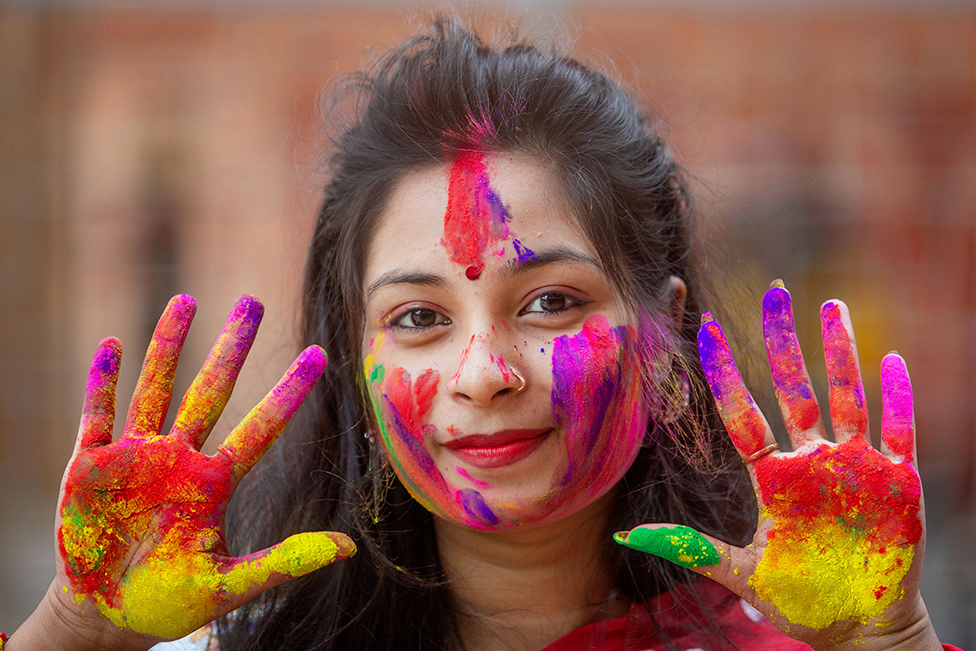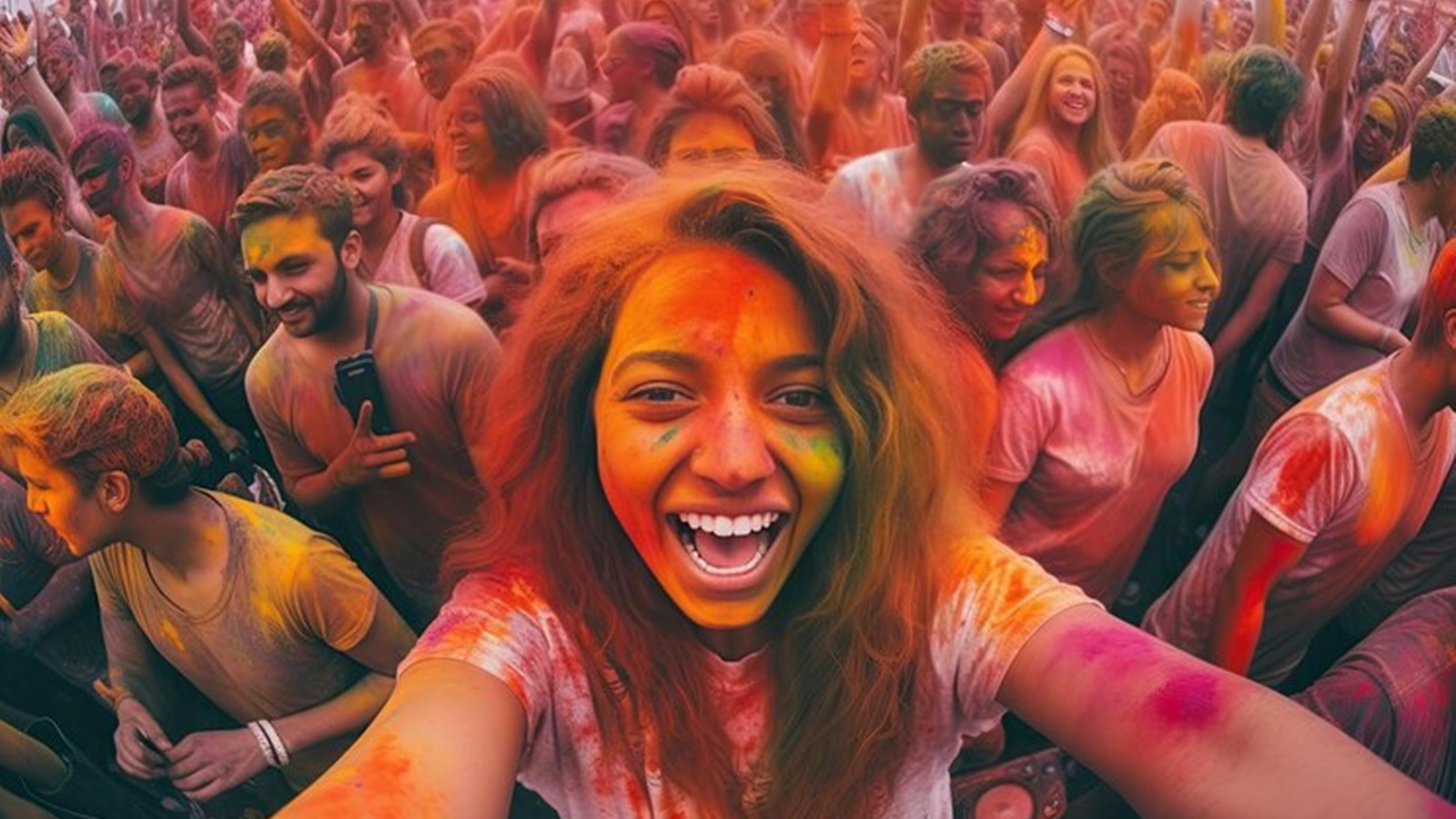Holi powder, also known as gulal, is made from a variety of natural and synthetic ingredients, depending on the specific formulation and preferences of individuals or manufacturers. Traditionally, gulal was made using natural materials found in nature, while modern formulations may include synthetic dyes and additives for color consistency and longevity. Here are the common ingredients used to make Holi powder:

- Cornstarch or Flour: Cornstarch or wheat flour is often used as a base ingredient to give the powder its fine texture and consistency. These powders act as carriers for the colorants and help the powder adhere to the skin when applied.
- Colorants: The vibrant colors of Holi powder are achieved using a variety of colorants, both natural and synthetic. Natural colorants may include plant-based dyes derived from flowers, leaves, roots, and spices such as turmeric, indigo, saffron, beetroot, and marigold. Synthetic colorants, such as food-grade dyes and pigments, are also commonly used to achieve bright and long-lasting colors.
- Perfumes and Fragrances: Some Holi powders may be scented with perfumes or fragrances to enhance the sensory experience during the festival. These fragrances can range from floral and citrusy to spicy and musky, adding to the festive ambiance of Holi celebrations.
- Binders and Stabilizers: Binders and stabilizers may be added to the powder to improve its texture, shelf life, and color retention. Common binders include gums, resins, and gelatin, which help the powder adhere to the skin and prevent it from clumping or fading over time.
- Preservatives and Antioxidants: In commercial formulations, preservatives and antioxidants may be added to extend the shelf life of the Holi powder and prevent it from spoiling or degrading prematurely. These additives help maintain the quality and freshness of the powder, especially in humid or tropical climates.
It’s important to note that the exact composition of Holi powder may vary depending on cultural traditions, regional preferences, and individual manufacturers. While natural and organic formulations are preferred by some for their eco-friendly and skin-safe properties, others may opt for synthetic formulations for their vibrant colors and longevity. As with any cosmetic product, it’s advisable to check the ingredients list and perform a patch test before using Holi powder to ensure compatibility with your skin.
